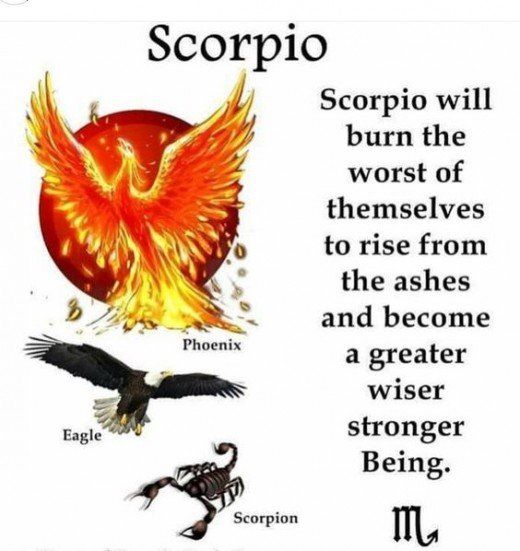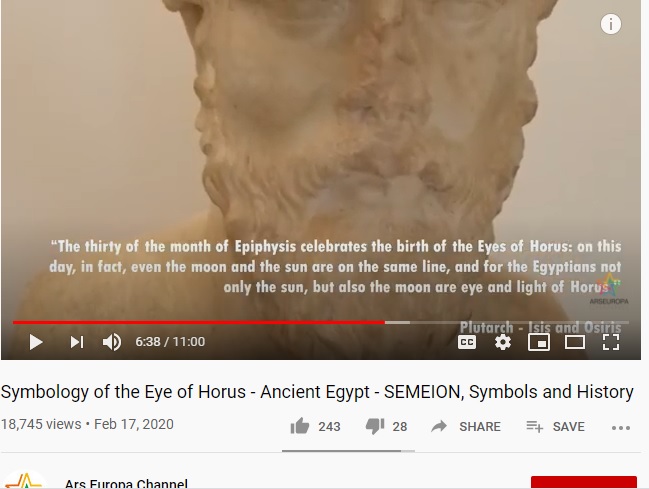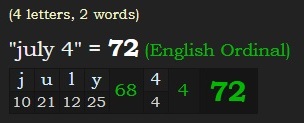The casing stones have mostly fallen off but historical accounts say that they existed hundreds of years ago and even give an account of what some of the writings said.

That leaves between the arms of the Templar cross, a lion, a bull, a scorpion (eagle in flight) and aquarius (the face of man) - a peacock.

The bird associated with Aquarius is a peacock. The peacock is another manifestation of the heavenly Phoenix on earth, it is one of the Twelve Symbols of Sovereignty. It has a hundred eyes on its tail which would activate fame, luck, promote public admiration and bring positive motives from other people.


Plutarch - the Morals Volume 4 - On Osiris and Isis
52. Moreover, in the sacred hymns of Osiris they call him up “who lies hidden in the arms of the sun.” And upon the thirtieth day of the month Epiphi they keep a certain festival called the Birthday of the eyes of Horus, when the sun and the moon are in one direct line; as esteeming not only the moon but also the sun to be the eye and light of Horus. Likewise the three and twentieth day of the month Phaophi they make to be the nativity of the staves of the sun, which they observe after the autumnal equinox, intimating hereby that he now wants, as it were, a prop and a stay, as suffering a great diminution both of heat and light by his declining and moving obliquely from us. Besides this, they lead the sacred cow seven times about her temple at the time of the winter solstice. And this going round is called the seeking of Osiris, the Goddess being in great distress for water in winter time. And the reason of her going round so many times is because the sun finishes his passage from the winter to the summer tropic in the seventh month. It is reported also that Horus, the son of Isis, was the first that ever sacrificed to the sun upon the fourth day of the month, as we find it written in a book called the Birthdays of Horus. Moreover, they offer incense to the sun three times every day; resin at his rising, myrrh when it is in the mid-heaven, and that they call Kyphi about the time of his setting. (What each of these means, I shall after wards explain.) Now they are of opinion that the sun is atoned and pacified by all these.Epip (Coptic: Ⲉⲡⲓⲡ), also known as Epiphi (Greek: Ἐπιφί, Ephiphí) and Abib (Arabic: أبيب), is the eleventh month of the ancient Egyptian and Coptic calendars. It lasts between July 8 and August 6 of the Gregorian calendar.
Paopi (Coptic: Ⲡⲁⲱⲡⲉ, Paōpe), also known as Phaophi (Greek: Φαωφί, Phaōphí) and Babah[1] (Arabic: بابه, Baba), is the second month of the ancient Egyptian and Coptic calendars. It lasts between 11 October and 9 November of the Gregorian calendar, unless the previous Coptic year was a leap year.
Paremhat (Coptic: Ⲡⲁⲣⲉⲙϩⲁⲧ), also known as Phamenoth (Greek: Φαμενώθ, Phamenṓth) and Baramhat[1] (Arabic: برمهات), is the seventh month of the ancient Egyptian and Coptic calendars. It lies between March 10 and April 8 of the Gregorian calendar.


Although the dates obviously do not align, is this why we have the fourth day in the seventh month as the birth of American independence?



No comments:
Post a Comment
Note: Only a member of this blog may post a comment.